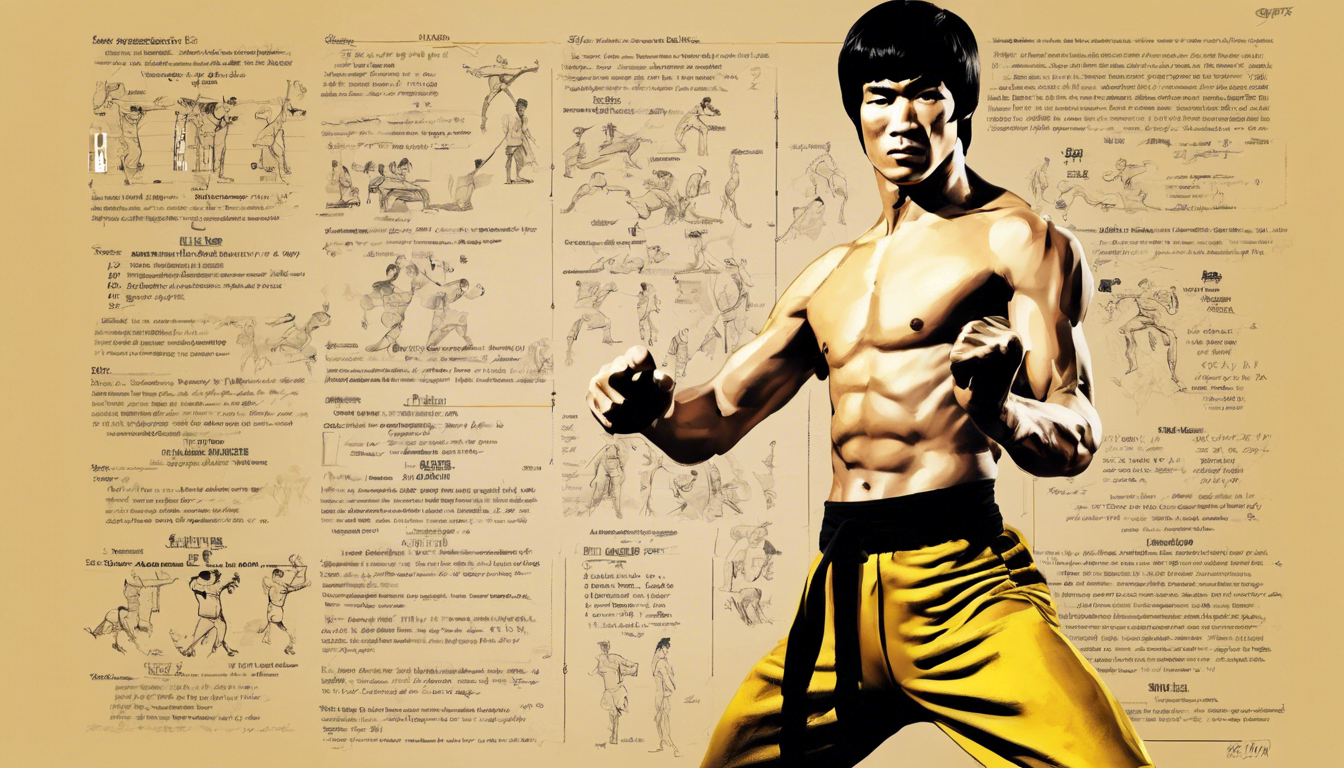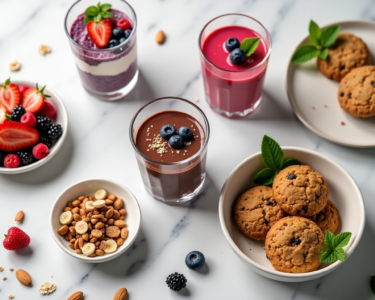In our quest for fitness inspiration and effective workout strategies, we often look towards iconic figures whose physical prowess and dedication to training continues to inspire generations. Enter the Bruce Lee workout regimen – a cornerstone of martial arts and fitness culture that encompasses not just a series of exercises, but a philosophical approach to health and strength training. His unrivaled strength, agility, and physique were not just byproducts of talent but were honed through years of disciplined training and meticulous attention to detail. It’s essential to understand the significance of his contribution to fitness and how it can be adapted to suit our modern lifestyles.
In this article, we will delve into the elements that constituted Bruce Lee’s workout routine, breaking down its components to provide practical tips for modern fitness enthusiasts. We’ll explore the specifics of the Bruce Lee workouts, from his rigorous training routine to the unique exercises he crafted to maximize efficiency and effectiveness. Furthermore, we’ll examine Bruce Lee’s diet plan, an integral part of his approach to fitness, emphasizing the importance of nutrition in achieving peak physical condition. Through this, we aim to offer a comprehensive guide to replicating aspects of Bruce Lee’s training program in today’s fitness landscape, making it applicable and accessible for anyone interested in elevating their physical fitness.
Who was Bruce Lee?
Bruce Lee, born Lee Jun-Fan in San Francisco in 1940, was not only a renowned martial artist but also a groundbreaking actor and director. His early years were spent in Hong Kong, where he became a child actor, influenced heavily by his father, a famous Cantonese opera singer and film actor. Lee’s return to the United States for college marked the beginning of his martial arts teaching career, where he also developed Jeet Kune Do, a new form of martial arts that later influenced mixed martial arts (MMA).
His unique approach, which he described as “the art of expressing the human body,” combined techniques from various disciplines, creating a fluid fighting system that emphasized practicality over tradition. This philosophy not only revolutionized martial arts but also made him a cultural icon, bridging Eastern and Western ideologies in his films and personal philosophy.
Tragically, Lee’s life was cut short at the age of 32 from a cerebral edema, just as his fame reached global proportions with films like Enter the Dragon. Despite his premature death, Lee’s legacy endures, influencing not just martial arts but global culture, promoting a message of self-improvement and breaking stereotypes.
Bruce Lee’s Workout Routine
Early Workout Routine
Bruce Lee’s initial workout routines were meticulously recorded, starting with an early gym card from 1965, where he frequented the Hak Keung Gymnasium in Hong Kong three times a week. His exercises included squats, French presses, and various curls, emphasizing the development of strength and flexibility.
Weekly Training Schedule
Lee adhered to a rigorous 6-day workout split, focusing alternately on punching and kicking exercises. His week included three or four sessions each day, integrating weight training, cardiovascular exercises, and martial arts training to enhance agility and physique.
Key Exercises and Techniques
Bruce Lee incorporated a diverse range of exercises into his routine, including barbell training, daily stretches, and abdominal workouts. Notably, his training philosophy involved high-repetition abdominal exercises and a mix of cardio activities like running and cycling, crucial for his stamina and lean physique.
Bruce Lee’s Diet Plan
Meal Structure
Bruce Lee’s approach to eating was to consume multiple small meals throughout the day, typically four to five times, which helped maintain a steady flow of energy without promoting fat storage. He preferred frequent meals to avoid the downsides of feeling overly full, especially before intense training sessions.
Regular Foods and Supplements
Lee’s diet was rich in Chinese cuisine, which he favored for its balance of meat, vegetables, and high-energy carbohydrates like rice and noodles. He supplemented his diet with protein shakes, combining ingredients like powdered milk, eggs, wheat germ, and peanut butter to enhance muscle growth and recovery. Additionally, Bruce Lee incorporated unique supplements such as Royal Jelly and ginseng to boost his energy levels during workouts.
Importance of Nutrition in Martial Arts
Understanding the nutritional strategies Bruce Lee employed reveals his meticulous attention to diet as integral to his martial arts prowess and physical conditioning. He strategically avoided empty calories, particularly from baked goods, and emphasized foods that offered high nutritional value to support his demanding physical activities. This approach not only fueled his intense workouts but also aligned with his philosophy of treating food as crucial fuel for the body.
Conclusion
Reflecting on Bruce Lee’s legacy, it is evident that his approach to fitness transcended the mere act of exercising; it was an embodiment of discipline, philosophy, and an unwavering commitment to mastery. His workout routines and dietary habits offer modern fitness enthusiasts a blueprint for achieving not just physical prowess but a harmonious balance between body and mind. By integrating the core components of Lee’s regimen—meticulous training, a balanced diet, and a philosophical approach to health—we can pursue a path of personal improvement and physical excellence that mirrors the martial arts legend’s own journey.
The significance of Bruce Lee’s methods lies in their timeless application and the way they inspire individuals to push beyond their limits, understanding the importance of nutrition, and embracing a holistic approach to fitness. As we adapt these principles to our contemporary lifestyle, we honor his legacy and continue to unlock our potential, guided by the enduring wisdom of a cultural icon. Whether through adopting his workout techniques or incorporating his dietary strategies, Bruce Lee’s influence remains a powerful motivator for those looking to elevate their physical and mental well-being.



